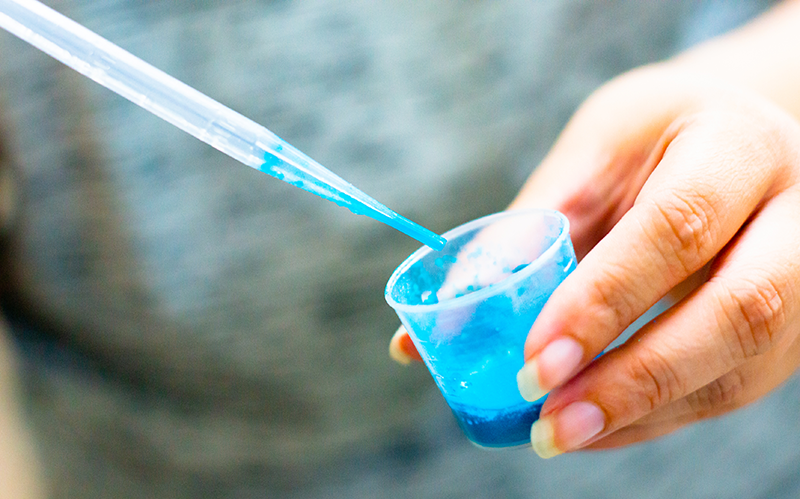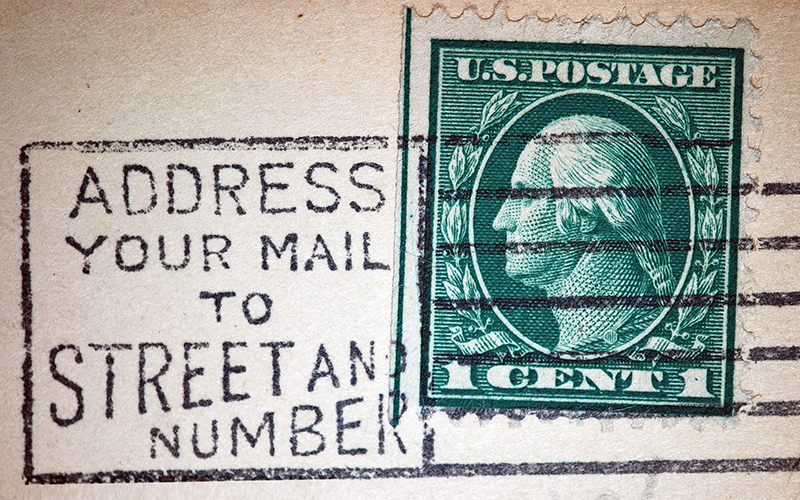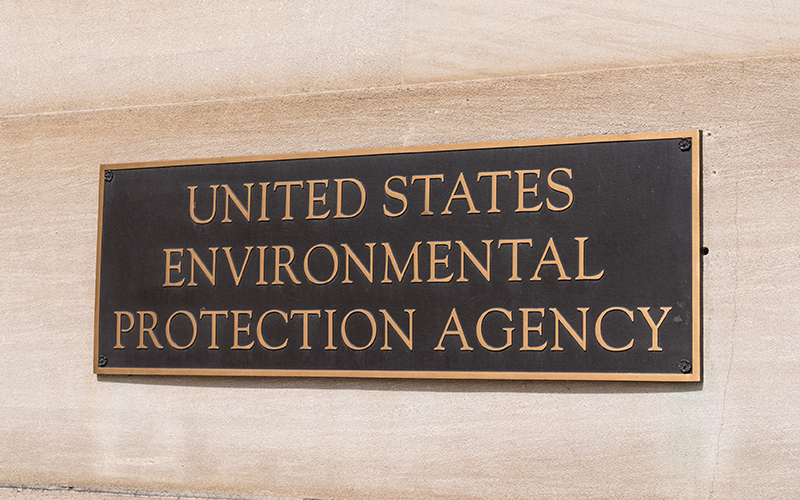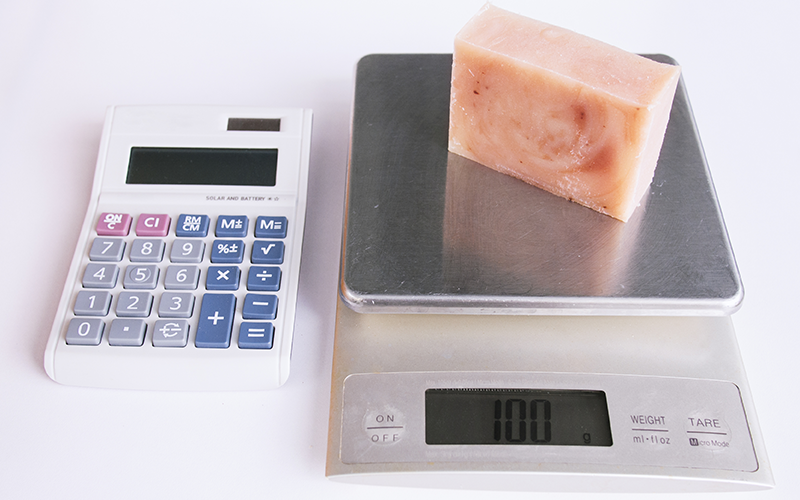Category: Soap & Cosmetic Labeling
Blog posts that deal with soap and cosmetic labeling; addition information, questions asked and answered and updates as new information becomes known.
-

Looking for Product Drug Claims
When we talk about “drug claims” we are actually talking about the statements that tell the consumer that a product is intended to be used to diagnose, mitigate, treat, or prevent disease or to change the structure or function of the body. How does the Food and Drug Administration (FDA) determine the intended use of
-

Anti-Aging, Rejuvenating, and Repairing Claims
The FDA’s 1988 Import Alert regarding Anti Aging Creams was withdrawn at the end of 2017. What does that mean?
-

Color Additives for In-Bath Products
The FDA regulates color additives and their use. What about color additives for in-bath products?
-

Street Address – Your Choices
Even though the requirements for the street address on the label are pretty clear cut, it still seems to be an issue for those working out of their homes.
-

“Love” Isn’t an Ingredient
The FDA has finally stated, clearly and definitely, that “love” isn’t an ingredient—at least in granola. Recently the news and social media have been filled with articles about the FDA’s recent warning letter to a bakery in Concord, Massachusetts, in which they were cited for (amongst other things), including “love” which is “not a common
-

Minimum Risk Pesticides
The EPA website has been updated since the last time I looked at it. It still wasn’t too easy to find the Minimum Risk Pesticides page, but once I found it, I discovered it was much clearer and easier to understand than before the updates. Of course, the information and regulations haven’t changed, but it
-

FTC updates business address requirements
The Federal Trade Commission (“FTC”) has issued the final rule for updating some aspects of their labeling regulations, including the requirements for the business name and address. Note that these revised regulations will apply to non-cosmetic items, including to soap that is exempt from the definition of a cosmetic (see Soap, the Chameleon). The updated regulation
-

Understanding the Net Contents
Close to HALF of the labels I see don’t include the net weight. The net weight of the product isn’t just a good idea. It is a key piece of information that is required on every product.
-

Another FDA Warning Letter
The FDA just (July 2017) published a warning letter to a cosmetic manufacturer in St. Louis. Once again, the FDA reviewed the website and cited drug claims: “…the claims on your website establish that the products are drugs under the … Food Drug and Cosmetic Act … because they are intended for use in the
-

Net Contents Big Enough?
Most of the recent packaging I’ve seen DOES have the net contents on it. However, on almost all, it is way too small. Way. Too. Small.
-

Hybrid Soap Ingredient List
How do you figure out the ingrfeedient declaration in a hybrid soap?
-

Soap: Cosmetic or Not?
Soap is a chameleon; it can be a cosmetic or something else, depending on what it is made of, what it’s used for, and what you claim it can do. In many cases, it is the CLAIM that determines what the product is, and that in turn determines which REGULATIONS or LAWS apply. Soap Can
